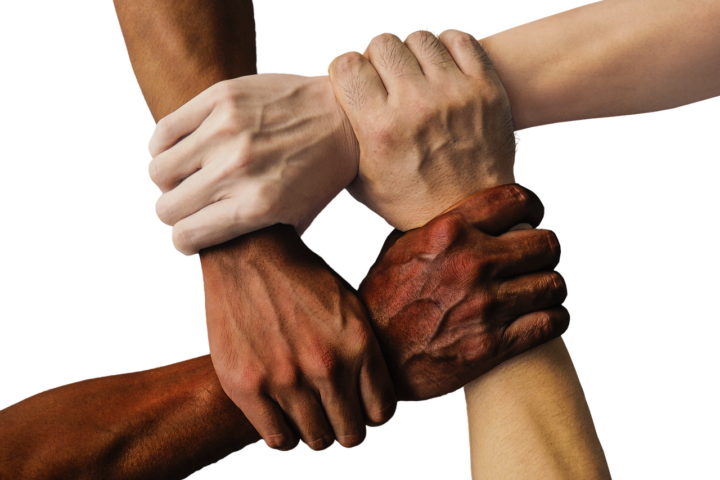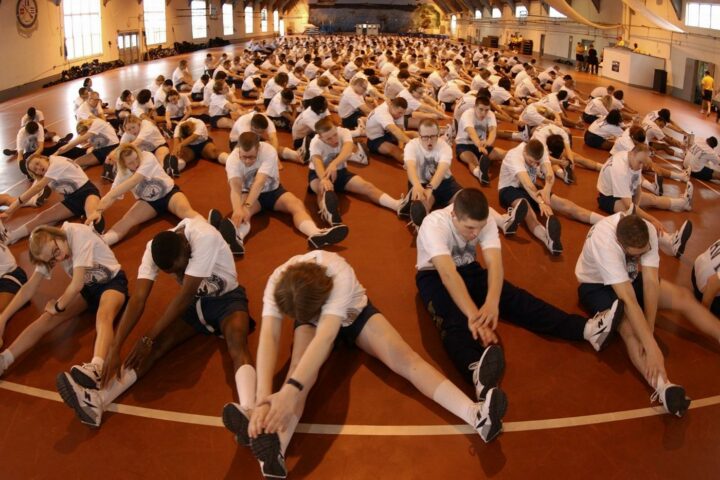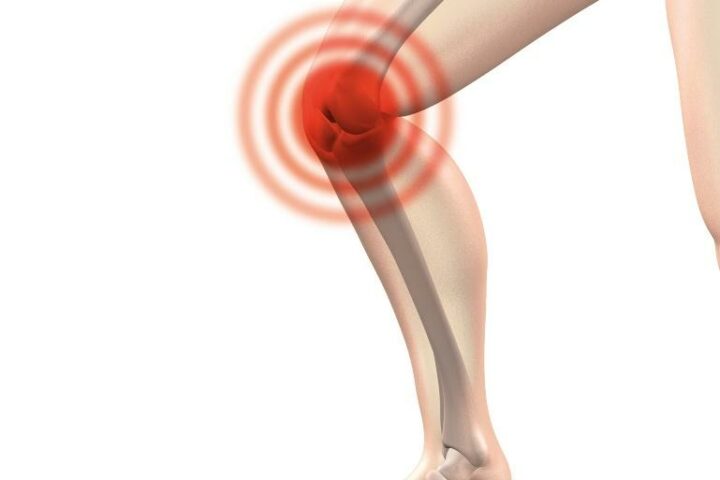As a group of Chiropractors, Physical Therapists, and Acupuncturists, one of the most common complaints we get is neck pain. While there can be many causes of neck pain, today we’re going to talk about a “pinched nerve”, otherwise known as a cervical disc bulge or herniation. To cover some basic anatomy, your discs are cartilaginous cushions between each vertebra in your spine with a hard outer layer (annulus fibrosis) and an inner liquid layer (nucleus pulposus). Over time with certain repeated movements or with an acute injury such as a car accident, the inner
 liquid portion gets pushed through the posterior hard portions of the disc. This can lead to a disc bulge, where the outer disc is still intact but has extended beyond its normal limit. It can also lead to a disc herniation, where the outer layer tears completely, allowing the liquid material to ‘squirt’ out. This can lead to symptoms that are commonly referred to as a “pinched nerve” because the most common direction for bulges or herniation’s are posteriorly and laterally. This space is occupied by your spinal nerves that provide innervation for you neck, arms, and hands.
liquid portion gets pushed through the posterior hard portions of the disc. This can lead to a disc bulge, where the outer disc is still intact but has extended beyond its normal limit. It can also lead to a disc herniation, where the outer layer tears completely, allowing the liquid material to ‘squirt’ out. This can lead to symptoms that are commonly referred to as a “pinched nerve” because the most common direction for bulges or herniation’s are posteriorly and laterally. This space is occupied by your spinal nerves that provide innervation for you neck, arms, and hands.
If you’re suffering from a pinched nerve, you may only experience neck pain. This may be from the damage to the disc itself, or from a small amount of irritation on the nerve. If the irritation on the nerve is more severe, you may experience radiating pain to the shoulder blade, arm, forearm, hand, or even fingers. This may also be associated with neurological symptoms such as numbness, tingling, weakness, or muscle wasting. While these symptoms sounds scary and can be very worrisome if you are experiencing them, the good news is that this condition typically responds extremely well to conservative care. Chiropractic adjustments have been repeatedly shown to decrease pain, reduce irritation of the nerve, improve range of motion, and restore proper joint mechanics. As this condition often results from poor joint function, Chiropractic care is so successful because it addresses the root of the problem, not just the symptoms.
Other treatment modalities can be very effective as well. Often disc issues have what is termed a “directional preference”. This means that repetitive movements in certain directions can directly relieve symptoms of nerve irritation, sometimes in as quick as seconds. This is called the ‘McKenzie’ protocol, and I have seen more immediate changes in disc patients with this technique than any other. Last week I had a new patient experiencing posterior elbow pain while exercising, which he had treated by multiple other practitioners who performed a few different treatments to his elbow and tricep. He came in to see me because he developed a new symptom of tingling in the middle 2 fingers. After performing an exam I believed the root cause to be from a cervical disc herniation. I then had him do a set of pushups and he could only do 3 before his arm fatigued bringing on his elbow pain and tingling. After performing 1 set of neck movements based on his directional preference, he was immediately able to do 15 push ups without any pain, tingling, or weakness. This exercise was prescribed as homework, along with certain ergonomic changes. He received a chiropractic adjustment to his neck and upper mid back and some muscle releases, and after 2 visits is already significantly better.
Are you ready to alleviate your Cervical Disc Herniation? Call (703) 723-9355 for an appointment with one of our many chiropractors, physical therapists, and acupuncturists that can help!




